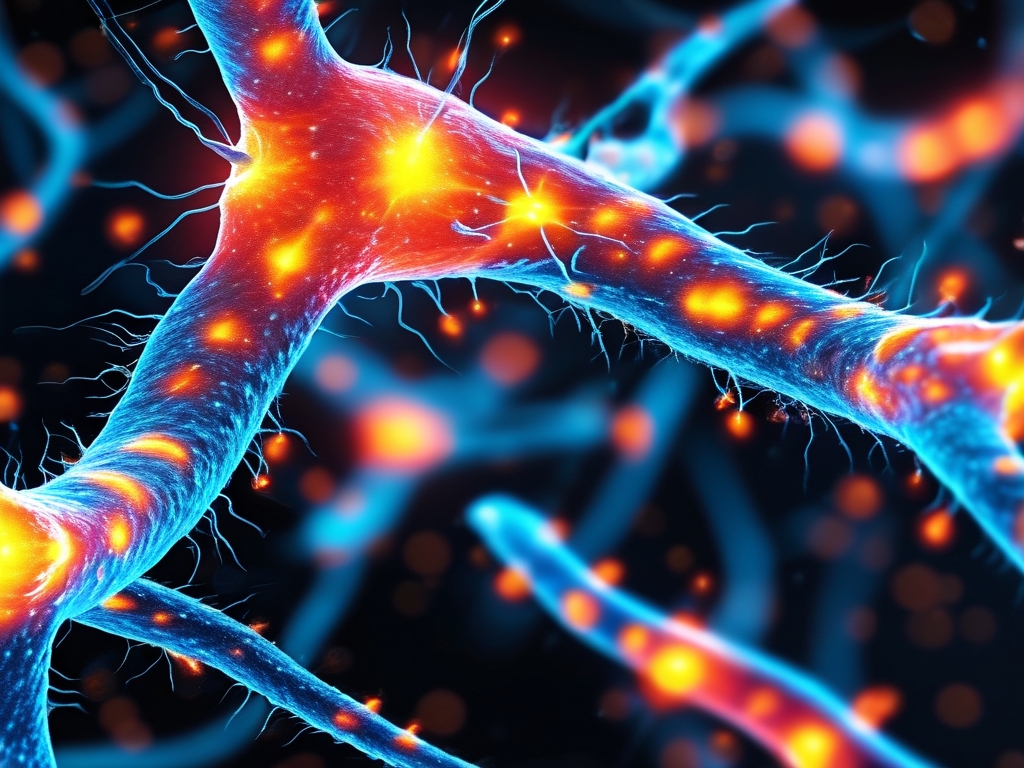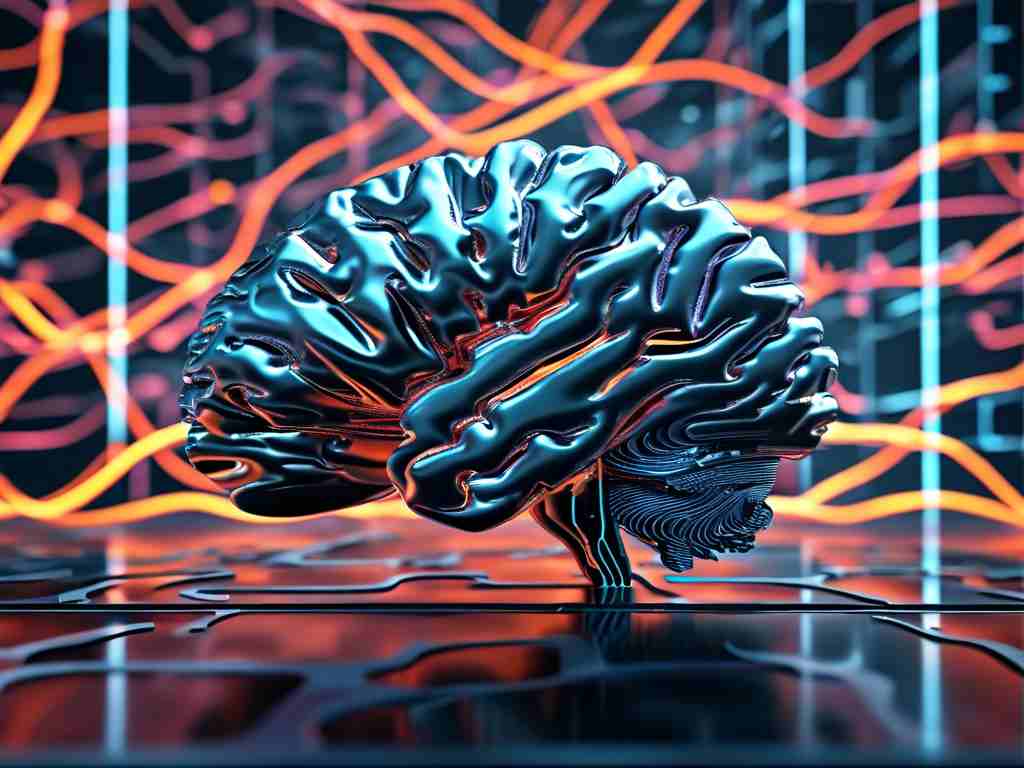In the 21st century, few technological advancements have reshaped industries and daily life as profoundly as neural networks. These computational models, inspired by the human brain’s architecture, have evolved from theoretical concepts to the backbone of modern artificial intelligence (AI). From powering voice assistants to enabling self-driving cars, neural networks have unlocked unprecedented capabilities, transforming how we interact with technology and solve complex problems.

The Genesis of Neural Networks
The concept of neural networks dates back to the 1940s, when researchers like Warren McCulloch and Walter Pitts proposed simplified mathematical models of biological neurons. However, it wasn’t until the 1980s that advancements in computing power and algorithms, such as backpropagation, allowed neural networks to transition from academic curiosity to practical tools. Early applications focused on pattern recognition and simple decision-making tasks. Yet, limitations in data availability and computational resources kept their potential largely untapped.
The Deep Learning Breakthrough
The resurgence of neural networks in the 2010s, fueled by the rise of deep learning, marked a turning point. Deep neural networks—with multiple hidden layers—demonstrated remarkable accuracy in tasks like image classification, natural language processing (NLP), and game-playing. Key milestones included AlexNet’s victory in the 2012 ImageNet competition and AlphaGo’s defeat of a world champion Go player in 2016. These achievements underscored the power of layered architectures and massive datasets, enabled by modern GPUs and cloud computing.
How Neural Networks Work
At their core, neural networks consist of interconnected nodes (neurons) organized in layers: an input layer, hidden layers, and an output layer. Each connection has a weight that adjusts during training to minimize prediction errors. Activation functions, such as ReLU or sigmoid, introduce non-linearity, allowing networks to model complex relationships. Training involves feeding labeled data into the network, calculating errors via loss functions, and updating weights using optimization techniques like stochastic gradient descent.
For example, in image recognition, a convolutional neural network (CNN) uses filters to detect edges, textures, and shapes hierarchically. In NLP, recurrent neural networks (RNNs) and transformers process sequential data by retaining context over time or leveraging attention mechanisms.
Applications Transforming Industries
- Healthcare: Neural networks analyze medical images (e.g., detecting tumors in MRI scans) and predict patient outcomes. Companies like PathAI use AI to assist pathologists in diagnosing diseases.
- Finance: Algorithms detect fraudulent transactions, forecast stock prices, and automate trading. JPMorgan’s LOXM leverages AI to execute trades optimally.
- Autonomous Systems: Self-driving cars from Tesla and Waymo rely on neural networks for real-time object detection and decision-making.
- Entertainment: Streaming platforms like Netflix use recommendation systems powered by neural networks to personalize content.
Challenges and Ethical Considerations
Despite their success, neural networks face challenges. They require vast amounts of labeled data, which can be expensive or privacy-invasive to collect. "Black box" opacity—the difficulty in interpreting how models make decisions—raises accountability issues, especially in critical fields like healthcare or criminal justice. Bias in training data can perpetuate discrimination, as seen in facial recognition systems misidentifying minority groups.
Efforts to address these issues include developing explainable AI (XAI) frameworks, federated learning (training models on decentralized data), and ethical guidelines for AI deployment.
The Future of Neural Networks
Emerging trends promise to push neural networks further. Neuromorphic computing aims to mimic the brain’s energy efficiency, potentially enabling AI chips that consume less power. Quantum machine learning could solve optimization problems intractable for classical computers. Meanwhile, hybrid models combining neural networks with symbolic AI seek to enhance reasoning and generalizability.
In the long term, neural networks may underpin artificial general intelligence (AGI)—systems with human-like adaptability. While AGI remains speculative, incremental advances continue to blur the line between human and machine capabilities.
Neural networks have irrevocably altered the technological landscape, driving innovations once confined to science fiction. As research progresses, their integration into society will deepen, demanding thoughtful regulation and interdisciplinary collaboration. By balancing technical prowess with ethical responsibility, we can harness neural networks to address global challenges—from climate modeling to personalized education—ushering in a future where AI amplifies human potential.









